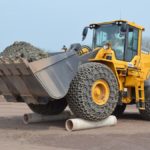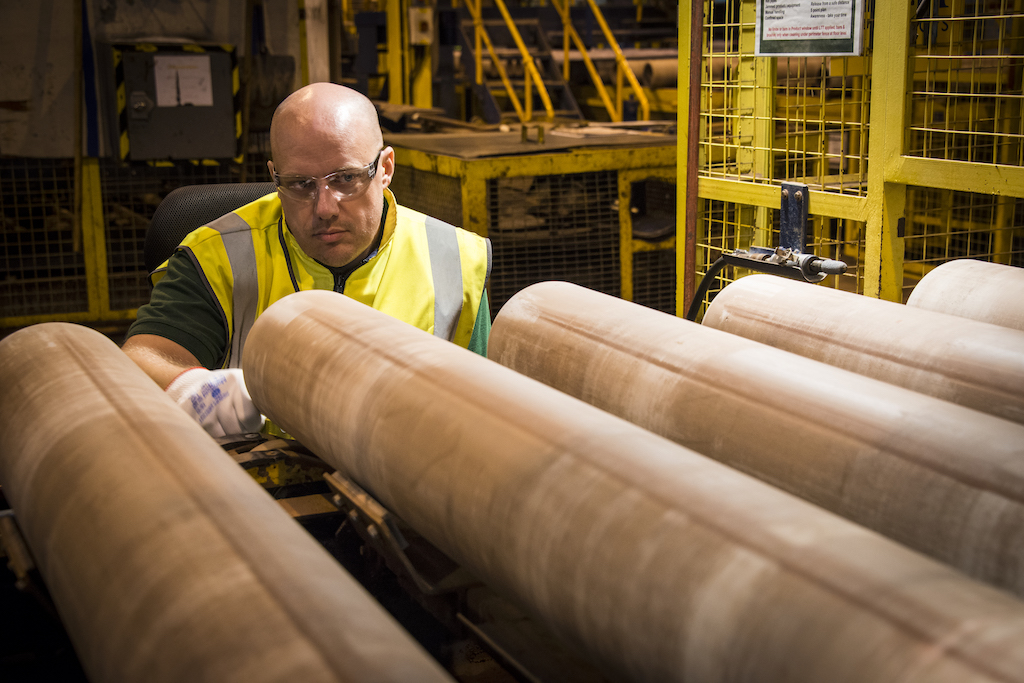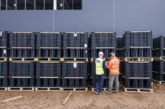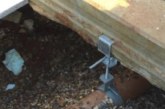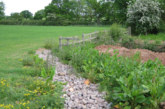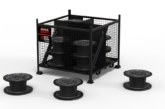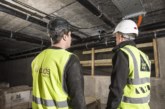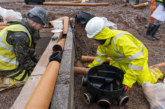Hepworth Clay’s product manager for clayware Joana Januseviciute argues for clay drainage on brownfield sites.
Brownfield sites have become an attractive option for residential developers, particularly in the midst of the UK’s housing crisis. Reclaiming derelict sites, while preserving green belt land, provides significant environmental benefits. The relative affordability of the land is of course also a crucial consideration for developers.
However, with many of the sites previously being used for industrial purposes, there are risks posed by land contamination which need to be mitigated against. For developers, these issues must be taken into account and the correct adjustments put in place as early as possible when it comes to planning.
Read: PHPD’s guide to choosing the right excavator
The early stages of any development are crucial, with below ground drainage being an integral part of this. While the systems may operate out of sight, this is not beneficial if things go wrong. Given the dependency end-users have on the systems, it’s vital that developers get them right in the first instance. Prevention supersedes the cure, and the notion of retro-actively resolving below ground issues on a new housing estate is both expensive and highly disruptive once homeowners or tenants have moved in. With that in mind, there is a lot to be said for the use of clay drainage systems on brownfield sites in particular.
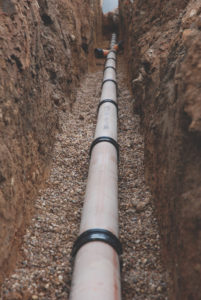 Why clay?
Why clay?
Soil surveys help contractors assess the land, and whether or not the contaminants can all be removed. If this isn’t possible, some materials used on developments for below ground drainage can be permeable to these contaminants (industrial run off, chemicals from manufacturing sites etc.) deep on brownfield sites. Due to its innate qualities, clay offers a perfect, long-term alternative.
The material is completely unaffected by any effluent allowed in an adopted sewer system, virtually eliminating the risk of exfiltration. It’s also important that contractors specify the correct coupling, with nitrile seals, like the ones specified with Hepworth Clay, also capable of resisting the aforementioned contamination.
With its natural resistance to most chemicals and compounds that might reasonably be found in the ground, clay is the logical and safer choice when specifying drainage for post-industrial sites.
Durability is another key characteristic that makes clay such an attractive choice. Clay boasts naturally high product strength, enhancing in-use performance and resulting in a lifetime expectancy of over 100 years. This ensures that the required upkeep and maintenance is minimalised, while also offering further benefits, such as greater levels of resistance to high water pressure jetting. Crucially, in the event of a blockage, more significant obstacles can be cleared on the first attempt, with reduced risk to the system as a whole.
Clay drainage systems have actually been used as a drainage option since Roman times, with their robust properties enabling them to withstand aggressive conditions, and doing so for millennia. Their resistance to damage from effluents and groundwater, as well as to temperatures well above what is typically encountered make clay drainage systems ultra-reliable. Also, despite their rigidity, modern clay systems offer flexible joints, which can compensate for settlement after laying.
Strong but sustainable
With sustainability targets in place across the UK, an eco-friendly approach to all aspects of construction is important, particularly when it comes to new-build developments. The Ofwat-approved Design and Construction Guidance, most recently updated in April 2020, also means that contractors have more freedom when it comes to choosing the materials for below ground drainage systems. The Government’s recently introduced ‘Build Back Better’ campaign aims to align economic recovery with environmental impact. Clay systems can help developers to support these initiatives in a variety of ways.
Firstly, in terms of the resource itself, clay is a future-proof material; 100% natural and 100% recyclable. Furthermore, its inherent natural strength enables recycled aggregate to be repurposed as a bedding material, reducing the environmental impact of any project it is used in, and also the costs, through its reuse. When a full trench depth of granular material can be more expensive than pipe, these savings are particularly noteworthy. The material’s aforementioned longevity also ensures that it is unlikely to need replacing with further resource within 100 years of development.

